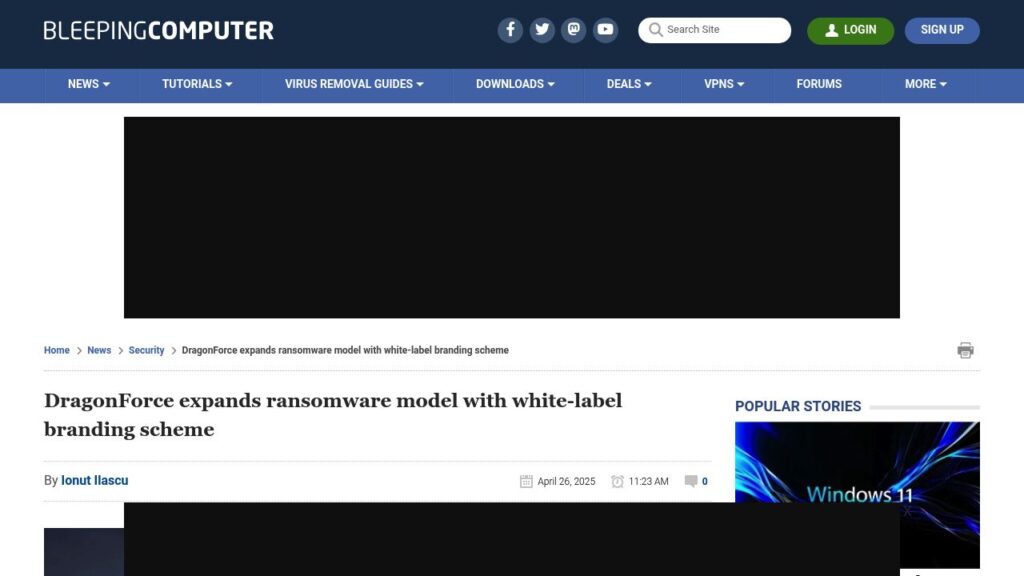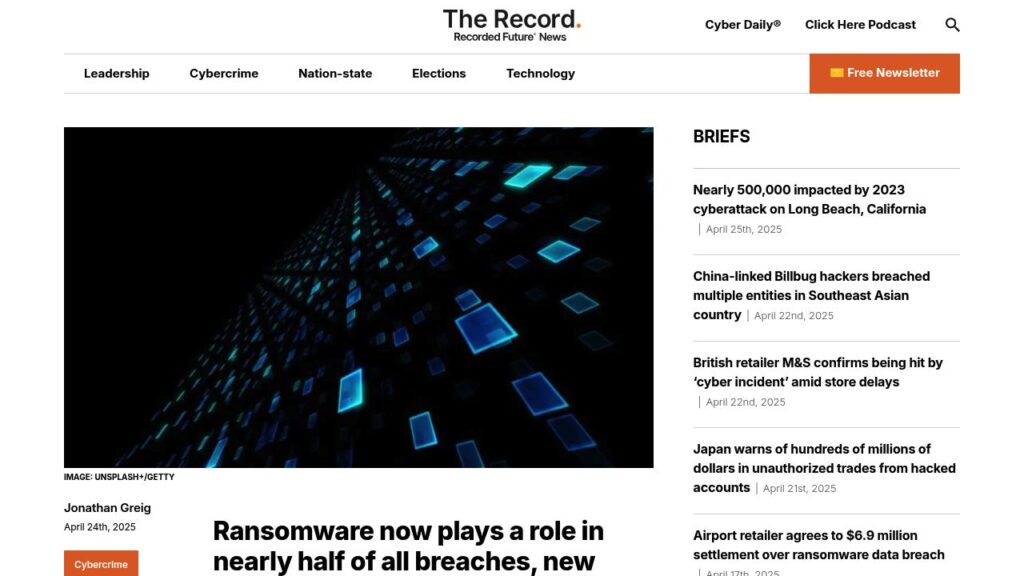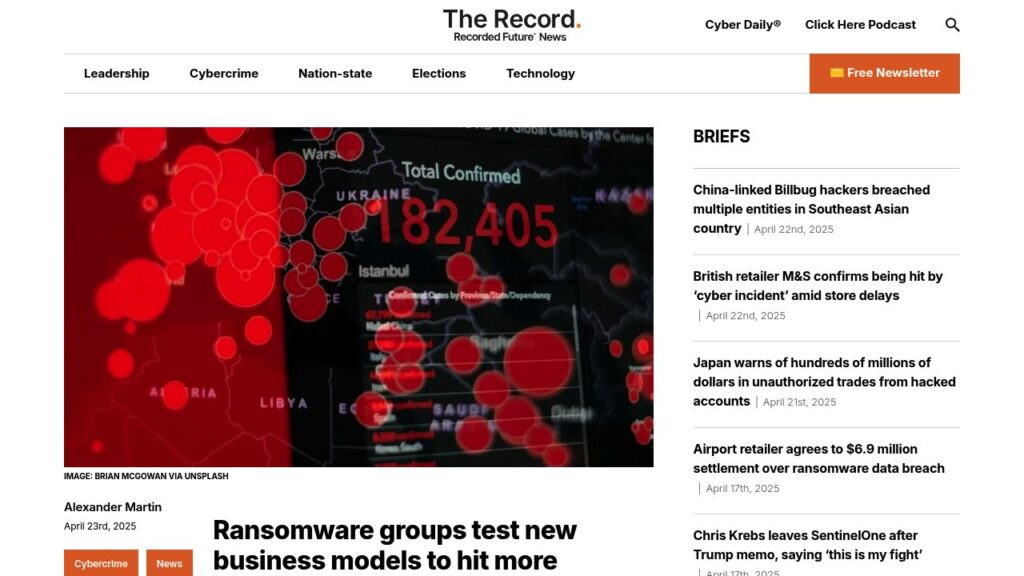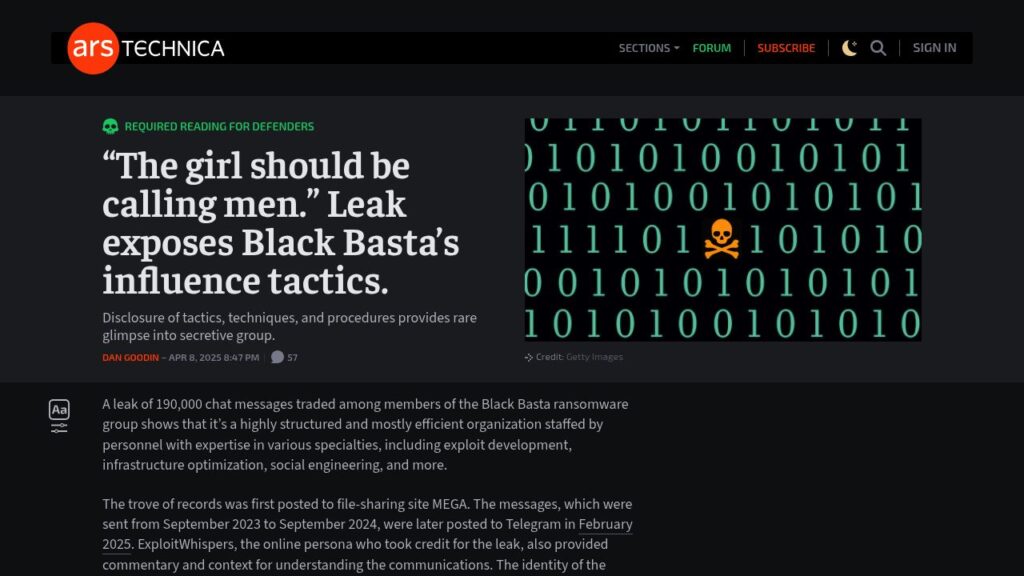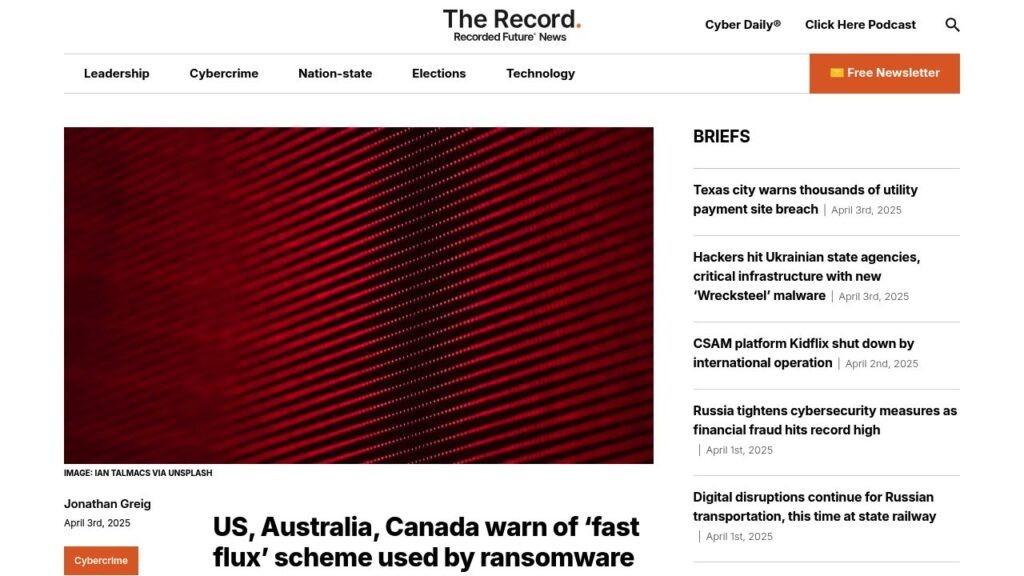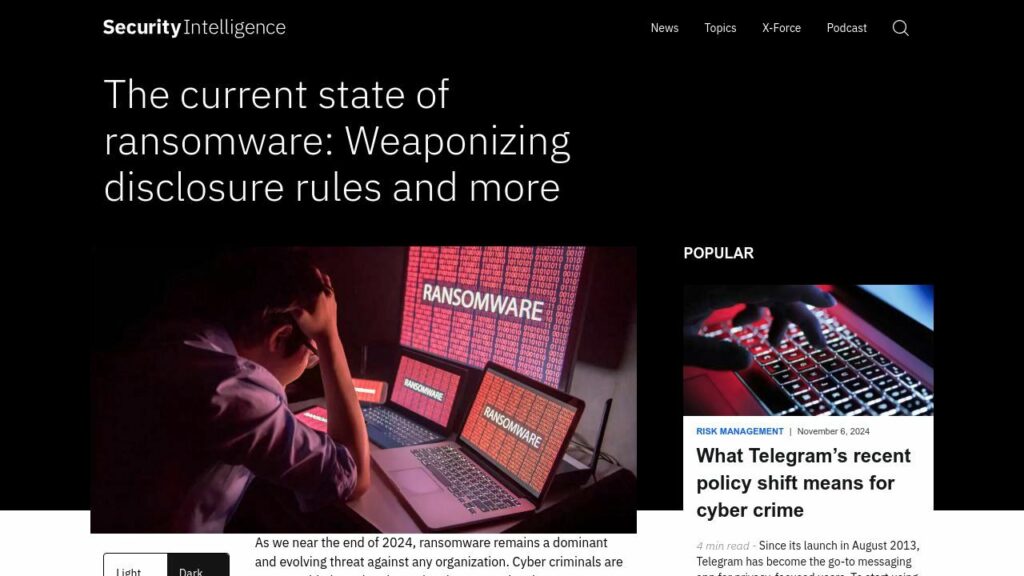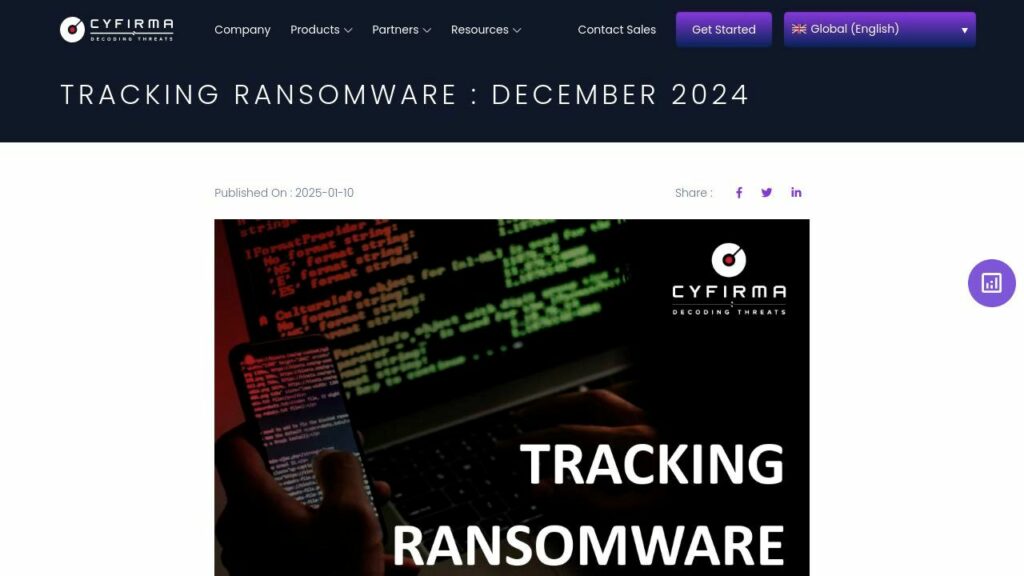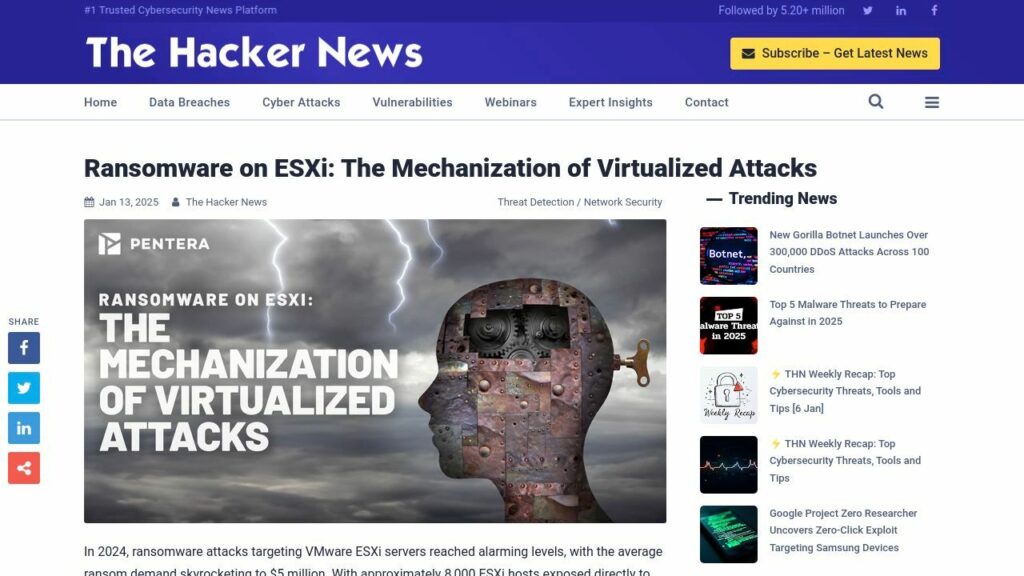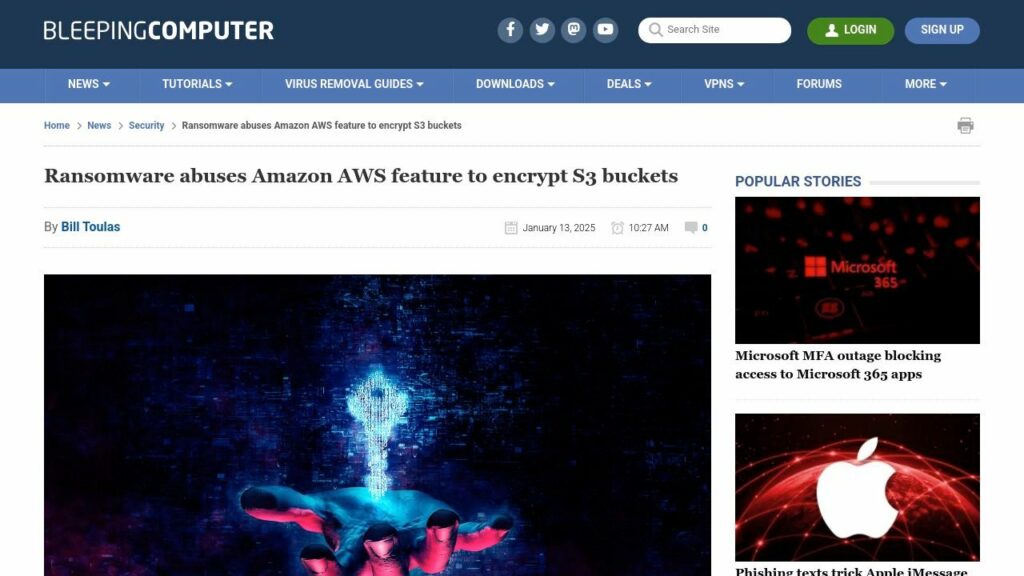LockBit Ransomware Gang Hacked, Victim Negotiations Exposed
LockBit ransomware gang hacked; admin panels defaced, revealing a database containing over 59,000 bitcoin addresses and 4,442 victim negotiation messages. Passwords stored in plaintext for 75 affiliates exposed. Breach occurred April 29, 2025, with uncertain perpetrators. This incident follows previous law enforcement disruptions, further damaging LockBit's reputation.
